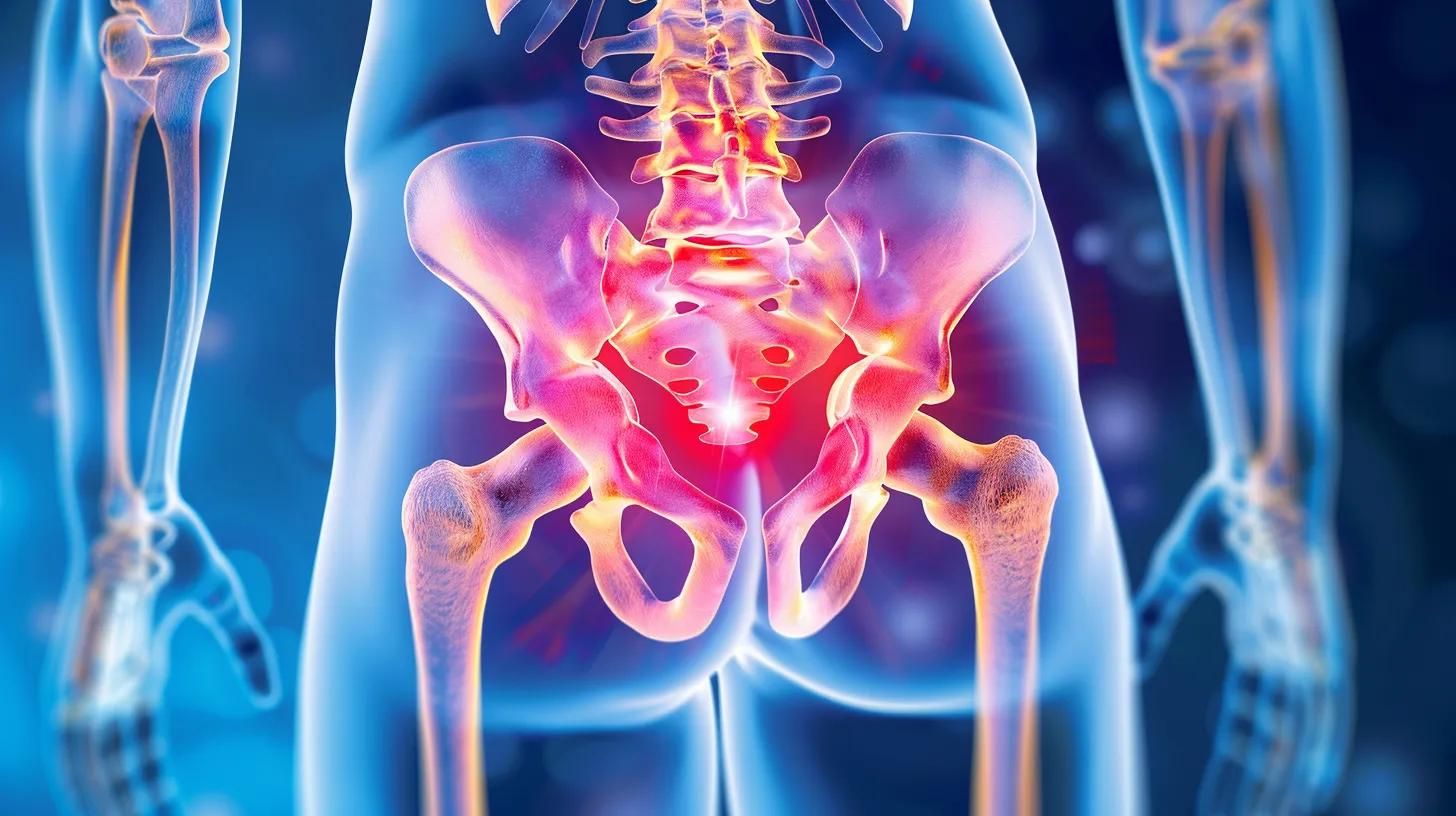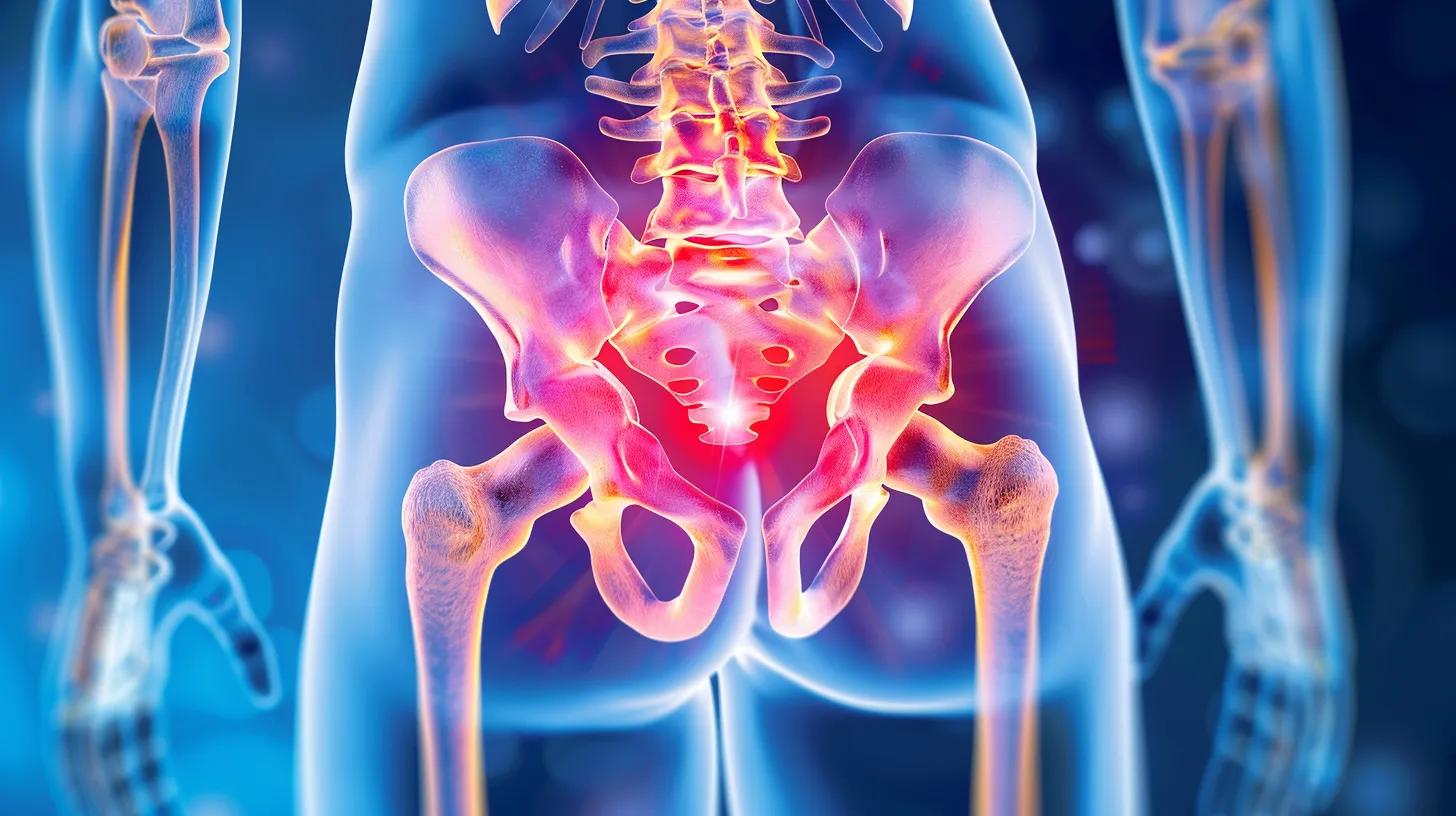Stop Living With Neck Pain: How Tucson Chiropractors Relieve Stiffness and Tension

Understanding Neck Stiffness and Tension Pain
Waking up with a stiff neck can instantly put a damper on your day. A simple action, like turning your head to check the clock or reaching for your coffee, can trigger sharp tension that radiates through your shoulders and upper back. Over-the-counter remedies, stretching, and heat pads might provide temporary relief, but the discomfort often comes back—sometimes even worse than before.
At Aragon Care Centers, we see patients in Tucson every day who feel trapped by persistent neck stiffness and tension. We understand how these issues affect more than just physical comfort—they can disrupt work, sleep, and even your overall mood. That’s why we focus on addressing the underlying causes, helping you regain mobility and feel like yourself again.
Common Causes of Neck Stiffness
Poor Posture
One of the most common contributors to neck tension is posture. Many of us spend hours hunched over computers, phones, or tablets. Forward head posture, rounded shoulders, and slouched sitting can strain the neck muscles, gradually leading to stiffness, soreness, and chronic tension.
Muscle Imbalances
Muscle imbalances occur when some muscles become overly tight while others weaken. In the neck and upper back, this can create uneven tension that pulls the spine out of alignment, contributing to persistent stiffness and discomfort.
Stress and Lifestyle Factors
Emotional stress often manifests physically. Tension in the neck and shoulders is a common physical symptom of stress. Combined with sedentary habits and long workdays, it can create a cycle of chronic pain.
Degenerative Changes
Age-related changes in the spine, such as disc wear or minor misalignments, can exacerbate neck tension. These changes can limit mobility and create persistent discomfort, making it harder to perform everyday activities comfortably.
How Chiropractic Alignment Restores Mobility
At Aragon Care Centers, we focus on realigning the cervical spine to relieve pressure on muscles and nerves. Proper alignment helps restore flexibility, improve blood flow, and reduce inflammation. These benefits contribute to improved neck mobility and overall comfort.
The Role of Soft Tissue Techniques
We also use soft tissue techniques to relax tight muscles, release knots, and improve movement patterns. Targeted work on the shoulders, upper back, and neck complements spinal alignment, allowing the body to function more efficiently and reducing recurring tension.
Posture Guidance and Ergonomic Advice
Beyond in-office care, we emphasize ergonomics and posture correction. Simple adjustments—like monitor height, chair support, and movement breaks—can dramatically reduce stress on the neck and prevent tension from returning.
Exercises and Daily Practices for a Healthy Neck
Strengthening Key Muscles
Weak upper back muscles can make neck stiffness worse. Exercises such as rows, shoulder blade retraction, and scapular stabilization strengthen postural muscles and reduce strain on the neck.
Stretching Tight Muscles
Gentle stretches for the trapezius, levator scapulae, and sternocleidomastoid muscles help maintain flexibility and prevent recurring tension. Incorporating these stretches into daily routines can make a significant difference.
Core and Full-Body Stability
A strong core supports spinal alignment, reducing compensatory tension in the neck. Exercises targeting the abdominal, glute, and back muscles contribute to overall posture, stability, and pain prevention.
How Neck Tension Affects Daily Life
Persistent neck stiffness doesn’t just cause pain—it impacts your energy, productivity, and emotional well-being. Tight muscles can trigger headaches, upper back discomfort, and even numbness or tingling in the arms. Over time, these issues can create a cycle of chronic pain, making it harder to concentrate at work, enjoy leisure activities, or sleep comfortably.
Unique Approach at Aragon Care Centers
Personalized, Patient-Focused Plans
What sets Aragon Care Centers apart is our individualized approach. We analyze your posture, spinal alignment, muscle tension, and daily habits to create a plan tailored to your unique situation. Every patient receives guidance specific to their needs, ensuring effective and sustainable relief.
Comprehensive Neck and Upper Body Care
Neck tension often affects other parts of the body. We provide holistic guidance that addresses related areas, including the shoulders, upper back, and upper spine. By looking at the whole picture, we support better long-term comfort and mobility.
Education and Empowerment
We teach patients about posture, ergonomics, daily movement, and simple exercises to prevent recurrence. This education empowers you to take control of your neck health and maintain improvements between visits.
Convenient Tucson Locations
With two locations in Tucson, our care is accessible and convenient. East Tucson and Northwest Tucson offices ensure patients can integrate spinal wellness into their schedules without unnecessary stress.
Lifestyle Habits That Support Neck Health
- Stay active: Gentle daily movement prevents stiffness and improves circulation.
- Optimize sleep: Supportive pillows and proper sleeping positions reduce tension.
- Hydration and nutrition: Proper water intake and nutrients support muscle and joint health.
- Stress management: Mindfulness, yoga, and deep breathing reduce tension caused by stress.
Understanding Chronic Neck Pain
Chronic stiffness can start gradually but impact life profoundly. Muscles tighten, spinal alignment shifts, and small movements become painful. By addressing both muscular tension and spinal alignment, we aim to restore balance, mobility, and comfort. Our focus is on prevention and sustainable health, not temporary fixes.
Conclusion
At Aragon Care Centers, we understand how neck stiffness and tension pain can limit your life. By combining spinal alignment, soft tissue techniques, posture education, and lifestyle strategies, we provide Tucson residents with a comprehensive, patient-centered approach that restores mobility, reduces discomfort, and promotes overall wellness.
Don’t let neck tension control your day. and start your journey toward freedom from stiffness, improved mobility, and a healthier lifestyle.



